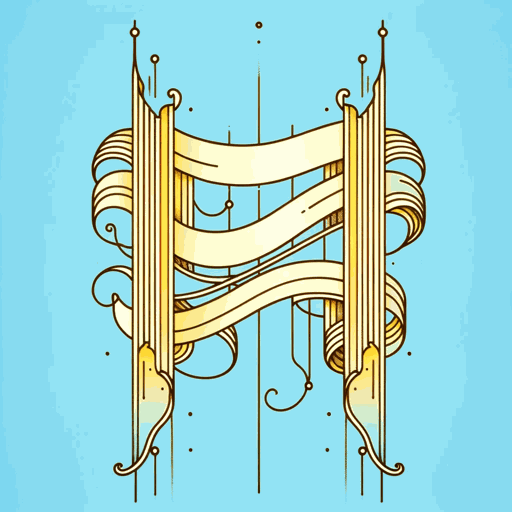19 pages • 38 minutes read
Edgar Allan PoeThe Haunted Palace
Fiction | Poem | Adult | Published in 1839A modern alternative to SparkNotes and CliffsNotes, SuperSummary offers high-quality Study Guides with detailed chapter summaries and analysis of major themes, characters, and more.
Summary and Study Guide
Overview
“The Haunted Palace” is an allegorical, narrative poem written by Edgar Allan Poe. The poem was originally published in 1839 in American Museum, a literary magazine in the US owned by Poe’s friend Nathan C. Brooks. The poem describes a palace that was once bright and beautiful, but has fallen into decay and chaos. The poem is an allegory for the slow descent into catastrophe of a person haunted by inner demons. The poem is 48 lines long, with six stanzas, each eight lines in length. The poem is included in Poe’s famous short story, “The Fall of the House of Usher,” where the character Roderick Usher sings the poem.
Poet Biography
Edgar Allan Poe was born in Boston in 1809. His parents were professional actors in Boston, and they separated shortly after his birth. Poe was raised by his mother until she passed away from tuberculosis at the age of 24. His father died after his mother, so Poe was orphaned at the age of three. He grew up in Richmond, Virginia with his foster parents: John Allan, a successful businessman, and his wife Frances; he was never formally adopted by them. Poe did not like his foster father and they were constantly at odds due to Poe’s creative and impractical nature and Allan’s orderly and disciplined personality.
Poe attended the University of Virginia, but was forced to leave due to his gambling, which left him deeply in debt. He returned home to Richmond, but after fighting with Allan, left for Boston and entered the army. In 1827, Poe published his first book of poetry, Tamerlane, and Other Poems, but the book gained little attention.
Poe was admitted to West Point but was dismissed, which deepened the rift with Allan. Poe moved to Baltimore in 1831 to live with his aunt on his biological father’s side, Maria Clemm. Allan disinherited Poe when he died in 1834.
In 1836 at the age of 28, Poe married his 13-year-old cousin Virginia Clemm. Poe and his family financially struggled as Poe experienced difficulties in his writing career. Poe published three books of poetry with little success; his fortunes turned in 1831 when he submitted five short stories to Philadelphia’s Saturday Courier that were all published. His work was published in Southern Literary Messenger, and he was given a job as an editor at the magazine in Richmond, Virginia. The magazine’s reputation soared with Poe’s contributions, but his problems with drinking increased.
Poe experienced a brief period of greater financial stability while working for Graham’s Magazine but left in disgust with the magazine’s maudlin nature. He continued publishing his poems and short stories, including “The Murders in the Rue Morgue” (1843)—the first modern detective story—and “The Raven” (1845), which gave him literary fame. He gave public lectures and worked as an editor for The Broadway Journal.
Eventually, Poe purchased the magazine and fulfilled his dream of owning a literary journal, but the journal failed after six months due to lack of funding; Poe never worked in a formal job again. The family moved to Fordham, New York, with the hope that Virginia’s bad health would improve if they lived in the country. In 1847, Virginia passed away at the age of 24 from tuberculosis, just as his mother had.
Poe experienced a period of deep depression following Virginia’s death. He began courting wealthy women through letters in hopes of securing fortune, but these efforts were for naught. On October 3, 1849, during a trip from Philadelphia back home to Fordham, he was found delirious in a gutter in Baltimore, Maryland. He died a few days later at the age of 40. The exact cause of his death has never been determined.
Poe’s influence has been global and unquestionable. His writings energized the British Romantic movement in literature and inspired French Symbolist poets such as Charles Baudelaire, who translated Poe’s writing into French. Poe contributed foundational elements to the modern horror, science fiction, and detective genres, and is credited with writing some of the earliest works in all three genres. His lyrical and melancholy poems, such as “The Bells” (1849) and “Annabel Lee” (1849), and his short stories with supernatural and horror elements, such as “The Fall of the House of Usher” (1839), “The Tell-Tale Heart” (1843), and “The Cask of Amontillado” (1846), are well-loved and widely read to this day.
Poem Text
“The Haunted Palace”
In the greenest of our valleys
By good angels tenanted,
Once a fair and stately palace—
Radiant palace—reared its head.
In the monarch Thought’s dominion,
It stood there!
Never seraph spread a pinion
Over fabric half so fair!
Banners yellow, glorious, golden,
On its roof did float and flow
(This—all this—was in the olden
Time long ago)
And every gentle air that dallied,
In that sweet day,
Along the ramparts plumed and pallid,
A wingèd odor went away.
Wanderers in that happy valley,
Through two luminous windows, saw
Spirits moving musically
To a lute’s well-tunèd law,
Round about a throne where, sitting,
Porphyrogene!
In state his glory well befitting,
The ruler of the realm was seen.
And all with pearl and ruby glowing
Was the fair palace door,
Through which came flowing, flowing, flowing
And sparkling evermore,
A troop of Echoes, whose sweet duty
Was but to sing,
In voices of surpassing beauty,
The wit and wisdom of their king.
But evil things, in robes of sorrow,
Assailed the monarch’s high estate;
(Ah, let us mourn!—for never morrow
Shall dawn upon him, desolate!)
And round about his home the glory
That blushed and bloomed
Is but a dim-remembered story
Of the old time entombed.
And travellers, now, within that valley,
Through the red-litten windows see
Vast forms that move fantastically
To a discordant melody;
While, like a ghastly rapid river,
Through the pale door
A hideous throng rush out forever,
And laugh—but smile no more.
Poe, Edgar Allan. “The Haunted Palace.” 1839. Poetry Foundation.
Summary
The first stanza describes the setting: a vibrant valley filled with angels and greenery. In this valley, there is an impressive and gorgeous palace where a king named Thought reigns. A seraph, or angel, has never touched its pinion, or wings, on a palace as beautiful as this.
The second stanza describes in more detail what the palace looks and smells like. The roof is covered with glowing, flaxen banners flowing in the breeze. This palace existed a long time ago and is no longer like this anymore. When the gentle wind “dallied,” (Line 13) or lazily lingered, around the palace, it carried a breeze through the ramparts: outer walls of the castle that serve as a defense against intruders. The outer walls resemble pale feathers. The breeze that comes from the palace is fragrant and sweet.
The third stanza describes what the palace looks like to beings wandering through the valley. They notice it, and, peering through its two bright windows, they see spirits dancing to a lute—a stringed instrument resembling a guitar but is egg-shaped and plucked instead of strummed. The music coming from the lute is harmonious, and the spirits dance to the music. The spirits are all gathered around a royal, or “Porphyrogene” (Line 22), who looks just as a royal should appear: gloriously seated on his throne.
The fourth stanza gives more description to the palace’s front wall. The door is made of “ruby” and “pearl” (Line 25). A large group of “Echoes” (Line 29)—magical, glittering spirits—glide through the door. As they continuously fly through the door, they sing, showing the intellect and cleverness of Thought, seated on his throne in the palace.
The fifth stanza describes how the palace has changed since these happier times. Malevolent, robed beings violently attacked Thought. The poem’s speaker interjects a call for the readers to pity the beautiful palace, as it will never have another happy morning. The palace that used to exist there—full of life, blossoming with radiance—is now a mostly forgotten tale. So much time has passed since then that the happy memories of its past have been buried like a dead body.
The sixth stanza describes the current condition of the palace. The people who travel through the valley see the windows that were bright with beautiful dancing forms are now “red-litten” (Line 42) with fantastical, monstrous shapes. Through the red windows, they see these shapes strangely dancing to a “discordant” (Line 44), or jarring and ugly-sounding, tune. The door is now light-colored with a pallor. Through the door, ghastly spirits rush through like a river. The sound they make is an everlasting laughter, but this laughter is not accompanied by smiles.
Related Titles
By Edgar Allan Poe
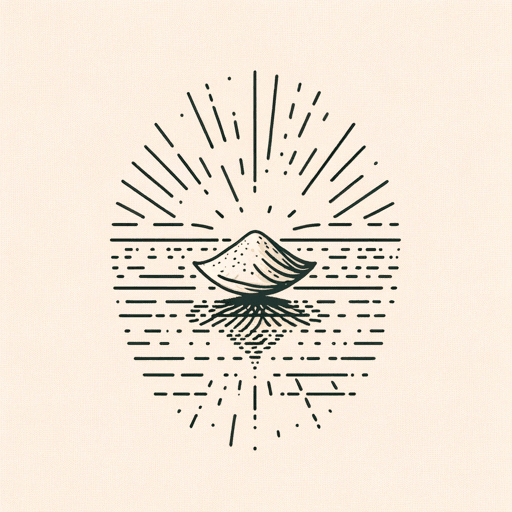
A Dream Within a Dream
Edgar Allan Poe
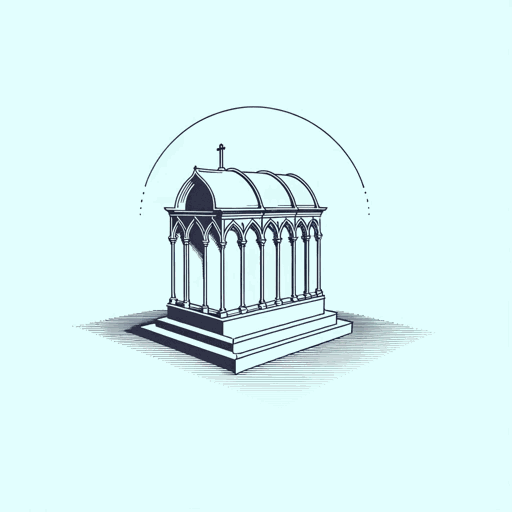
Annabel Lee
Edgar Allan Poe
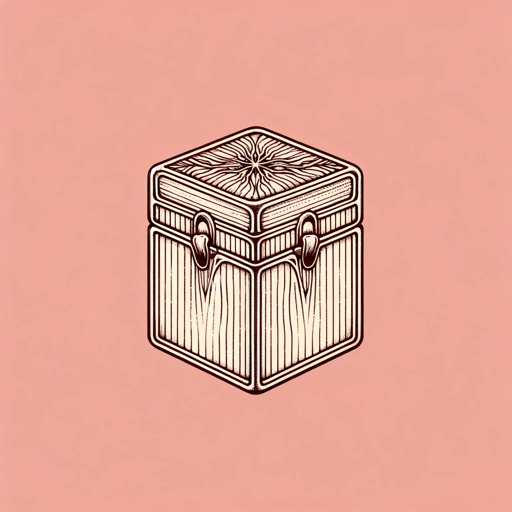
Berenice
Edgar Allan Poe
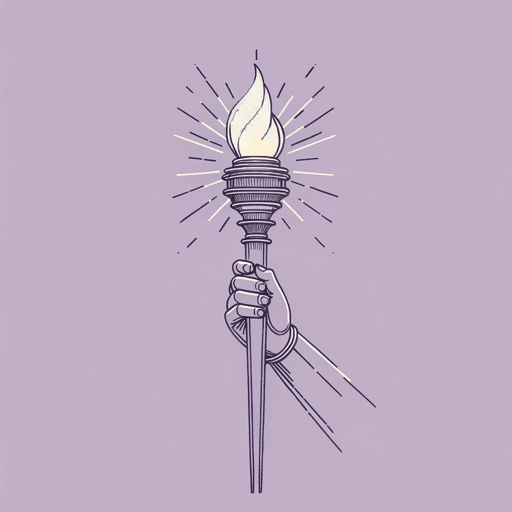
Hop-Frog
Edgar Allan Poe
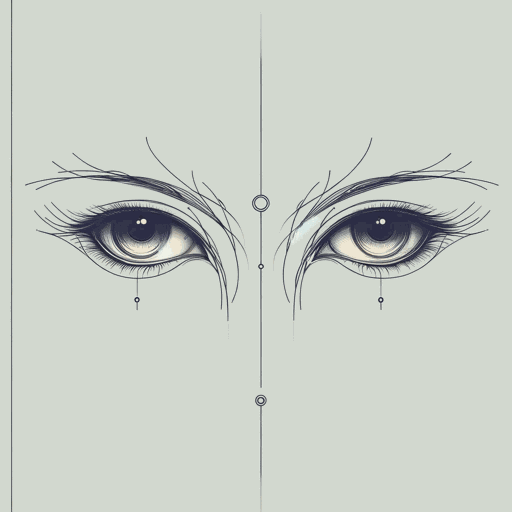
Ligeia
Edgar Allan Poe
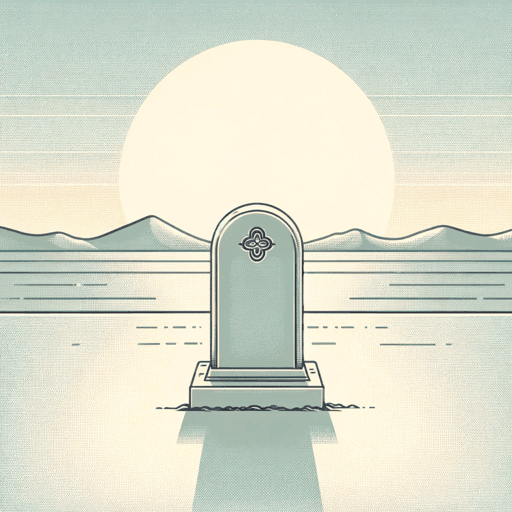
Tamerlane
Edgar Allan Poe

The Black Cat
Edgar Allan Poe
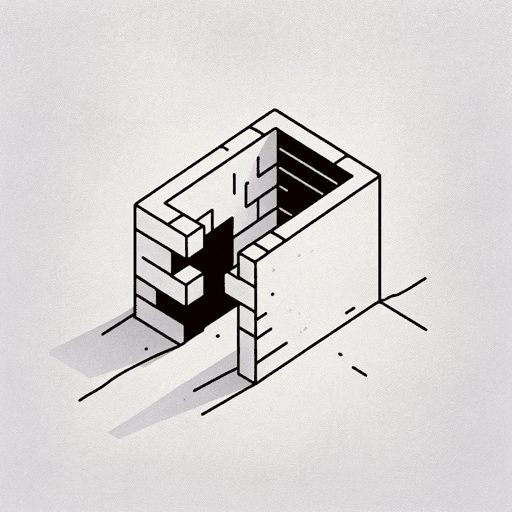
The Cask of Amontillado
Edgar Allan Poe
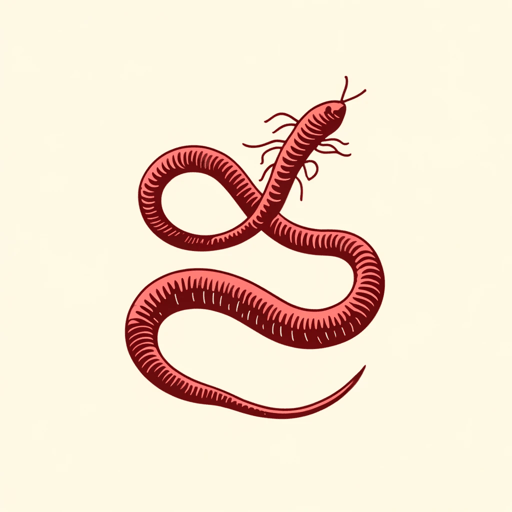
The Conqueror Worm
Edgar Allan Poe
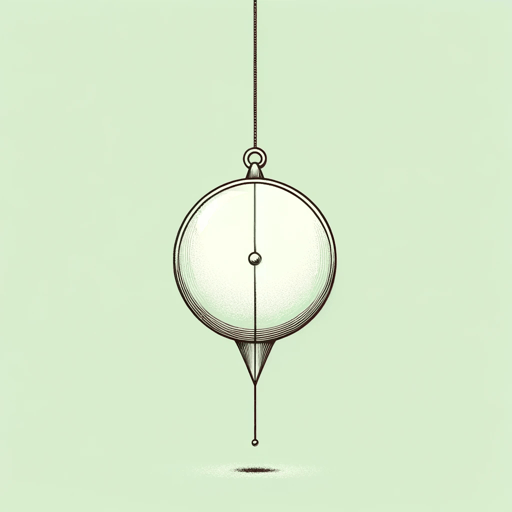
The Facts in the Case of M. Valdemar
Edgar Allan Poe
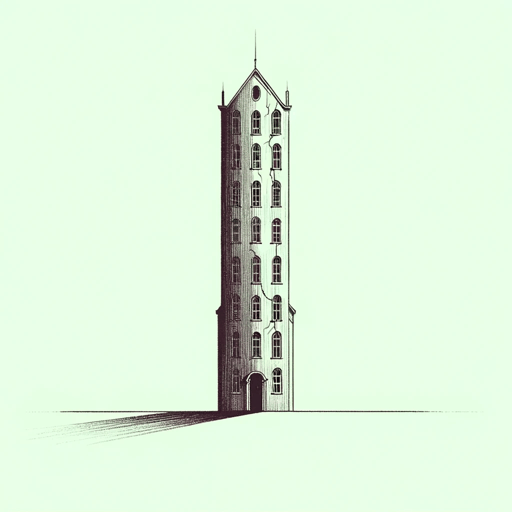
The Fall of the House of Usher
Edgar Allan Poe

The Gold Bug
Edgar Allan Poe
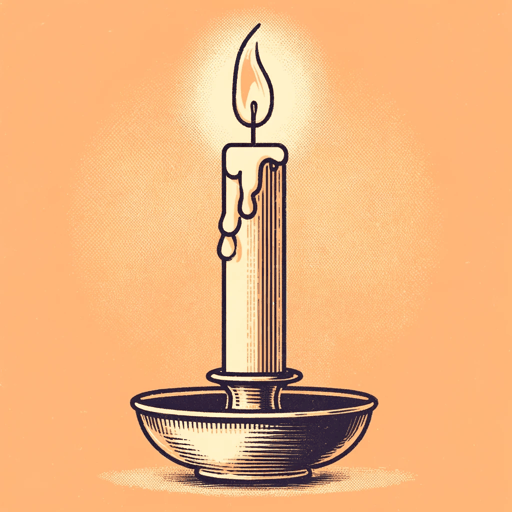
The Imp of the Perverse
Edgar Allan Poe

The Lake
Edgar Allan Poe
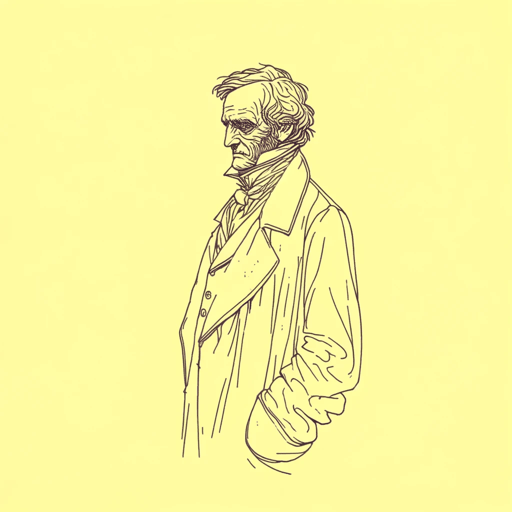
The Man of the Crowd
Edgar Allan Poe

The Masque of the Red Death
Edgar Allan Poe

The Murders in the Rue Morgue
Edgar Allan Poe

The Narrative of Arthur Gordon Pym of Nantucket
Edgar Allan Poe

The Oval Portrait
Edgar Allan Poe

The Philosophy of Composition
Edgar Allan Poe
